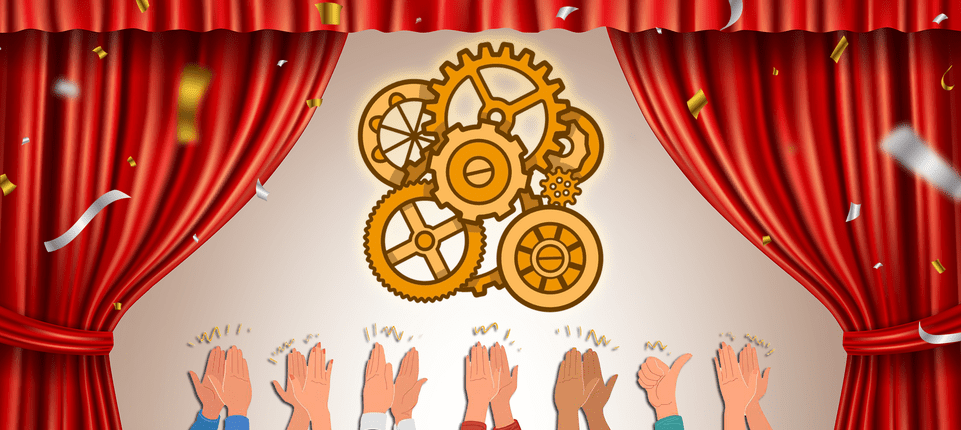
First Test Automation
Welcome! I am happy to share that in this guide, we'll walk you through the step-by-step process of running your first Selenium test automation in IntelliJ.
Set-Up
To get started, we will set up our testing environment in IntelliJ. Enter my GitHub repository to download my suggested environment. It will skip some technical steps to get straight to start crafting automation.
pom.xml
In the "XML and JSON" chapter, we explained XML and how it stores data. In every project that works with Maven, we will have a file called 'pom.xml'.
Stands for "Project Object Model", is a configuration file that defines the project's structure, its dependencies, build configuration, plugins, and other settings. For now, we do not need to change it. Although, make sure to click on the Maven icon ("m") so it will download all the necessary configurations.
TestClass
We are going to run our code inside a Java class located in the src folder. We decided to name our Java class "TestClass". As you can see, there is already a code in there to give you an idea of how it should look and its structure. This automation will enter the link provided and give us the title of the page.
The code is made up of:
1. Imports
import io.github.bonigarcia.wdm.WebDriverManager;
import org.openqa.selenium.By;
import org.openqa.selenium.Keys;
import org.openqa.selenium.WebDriver;
import org.openqa.selenium.WebElement;
import org.openqa.selenium.edge.EdgeDriver;
import org.openqa.selenium.support.ui.ExpectedConditions;
import org.openqa.selenium.support.ui.WebDriverWait;
import org.testng.annotations.AfterTest;
import org.testng.annotations.BeforeTest;
import org.testng.annotations.Test;
WebDriverManager: Handles downloading the necessary WebDriver for the browser.WebDriverandEdgeDriver: For controlling the Edge browser.By, Keys, WebElement: For controlling the Edge browser.WebDriverWait, ExpectedConditions: Used for waiting until certain conditions are met.@BeforeTest,@Testand@AfterTest: Annotations from TestNG to specify when certain methods should run.
2. Class Declaration
public class TestClass {
WebDriver driver;
}
- Defines the class TestClass.
- Declares a
WebDriverinstance to control the browser.
3. BeforeTest - Open eBay
@BeforeTest
public void startSession() {
WebDriverManager.edgedriver().setup();
driver = new EdgeDriver();
driver.manage().window().maximize();
driver.get("https://www.ebay.com/");
}
@BeforeTest: Tells TestNG to run this method before any tests.WebDriverManager.edgedriver().setup(): Ensures the correct version of the Edge WebDriver is downloaded and ready.driver = new EdgeDriver(): Creates a new instance of the Edge browser.driver.manage().window().maximize(): Maximizes the browser window.driver.get("https://www.ebay.com/"): Navigates to eBay’s homepage.
4. Test 1 - Get Page Title
@Test
public void getTitle() {
System.out.println("Title: " + driver.getTitle());
}
@Test: Marks this method as a test that TestNG should run.System.out.println("Title: " + driver.getTitle()): Prints the title of the Ebay homepage in the console.
5. Test 2 - Perform Search on eBay
@Test
public void performSearch() {
WebElement searchEbay = driver.findElement(By.name("_nkw"));
searchEbay.sendKeys("test search bar");
searchEbay.sendKeys(Keys.ENTER);
WebDriverWait wait = new WebDriverWait(driver, 5);
wait.until(ExpectedConditions.presenceOfElementLocated(By.cssSelector(".srp-results")));
System.out.println("New Title: " + driver.getTitle());
}
WebElement searchEbay = driver.findElement(By.name("_nkw"));: Finds the search box.searchEbay.sendKeys("test search bar");: FTypes in "test search bar".searchEbay.sendKeys(Keys.ENTER);: Presses Enter to submit the search.wait.until(ExpectedConditions.presenceOfElementLocated(By.cssSelector(".srp-results")));: Waits until the search results (''.srp-results') appear. if it will not appear after the duration we command it will fail the test (we set it to be 5 seconds).System.out.println("New Title: " + driver.getTitle());: Prints the new page title, which should reflect the search results.
6. AfterTest - Close Browser
@AfterTest
public void teardown() {
driver.quit();
}
@AfterTest: Marks this method to run after all the tests.driver.quit(): Closes the browser and ends the session.
Conclusion
Congratulations! You've just completed your first Selenium test automation using IntelliJ and TestNG. By following the steps in this guide, you've set up your environment, written a simple test to open a webpage, extracted the page title, and perform a search.
This is the first step toward building more complex and robust automated tests. In the next chapter, we are going to learn more versatile and advanced commands.